This is the first post in a series following SW EFC staff as we get our feet wet at four very different water and wastewater systems across the country. In the next three blogs in this series, we’ll visit water treatment facilities in New Mexico, Florida and New Hampshire.
When I accompanied my girlfriend on a work trip in the coastal town of Arcata, California, I wasn’t expecting to find inspiration for my own work assisting water and wastewater systems at the SW EFC. I was out birding on our first morning there, marveling at the diversity of species, when I realized the meandering path I was taking was actually part of a system of treatment ponds for the town’s municipal wastewater treatment facility. The grounds looked like a park or wildlife reserve, not like any of the wastewater treatment facilities I’d visited before.
The Arcata Marsh and Wildlife Sanctuary is a beautiful and functional combination of wastewater treatment for the town’s approximately 19,000 residents, and also one of the Northern California Coast’s top birding spots in terms of biodiversity, according to Cornell Lab’s eBird app.
I returned the next day for a self-guided tour of the wastewater treatment system. The Arcata Marsh Interpretive Center provided a map, brochures and advice for spots I should be sure to hit if I was interested in the whole treatment process (of course I was). Most of that process is visible and accessible to the public through a series of bike and foot paths.
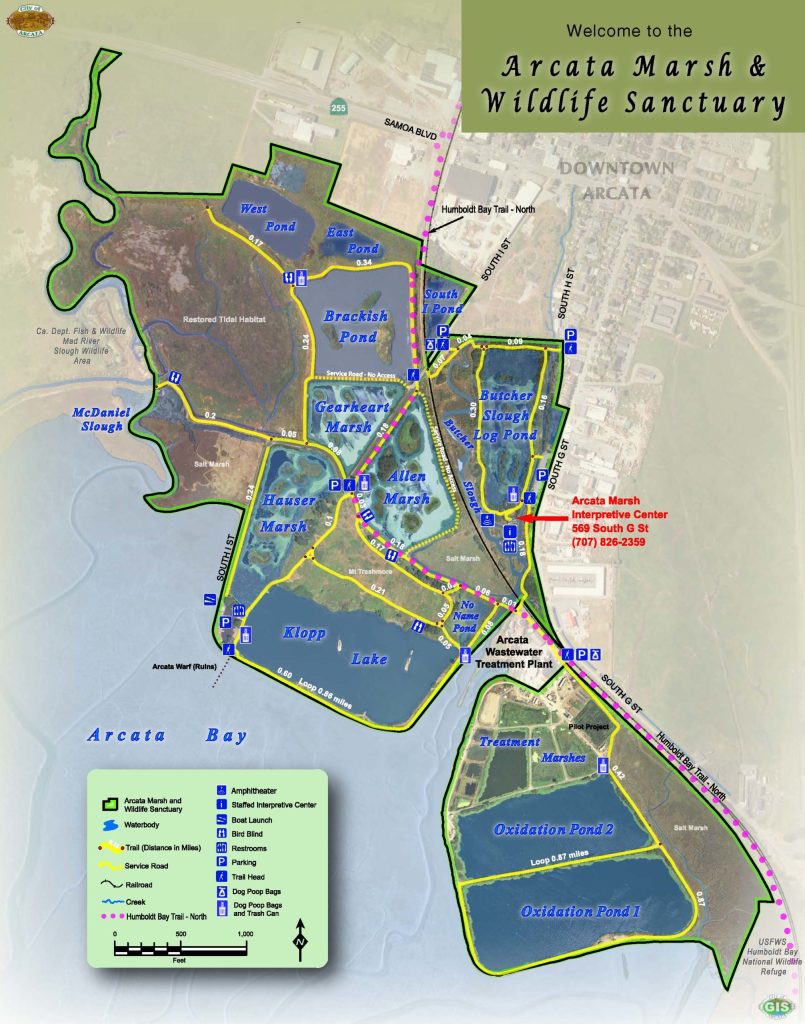
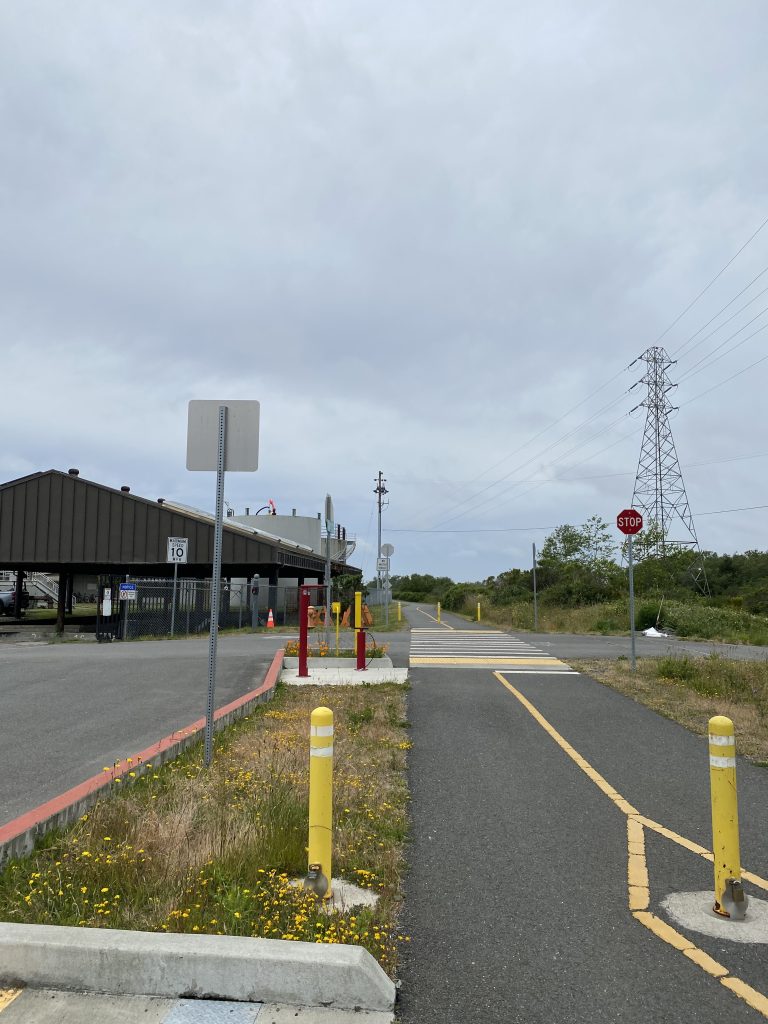
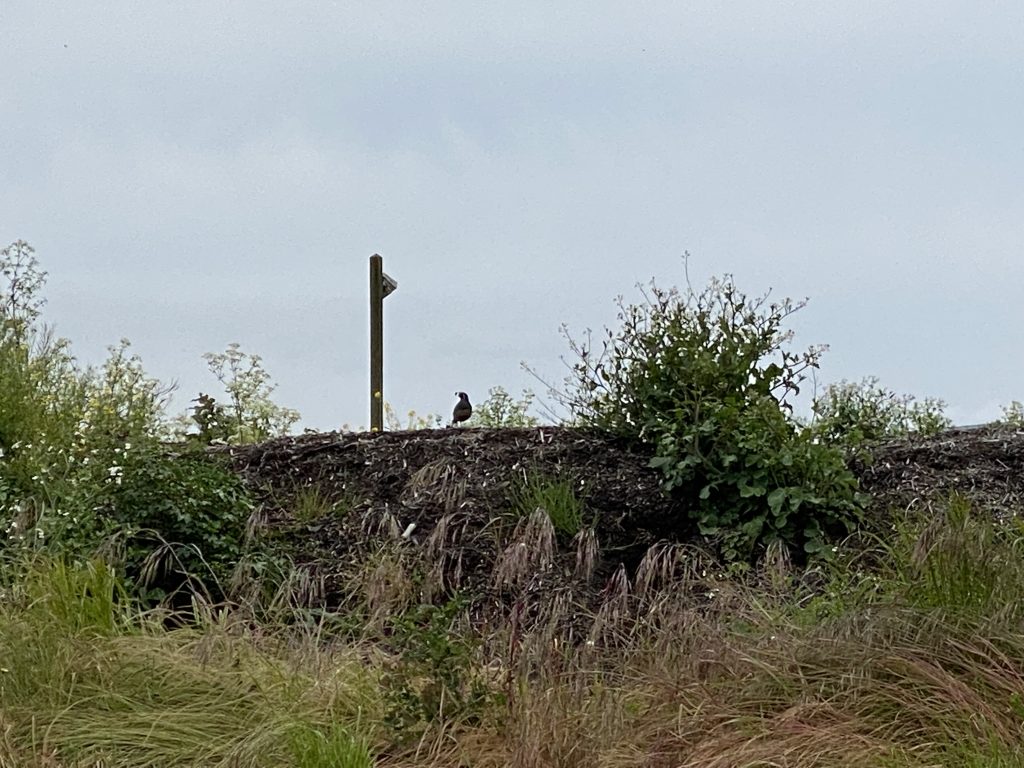
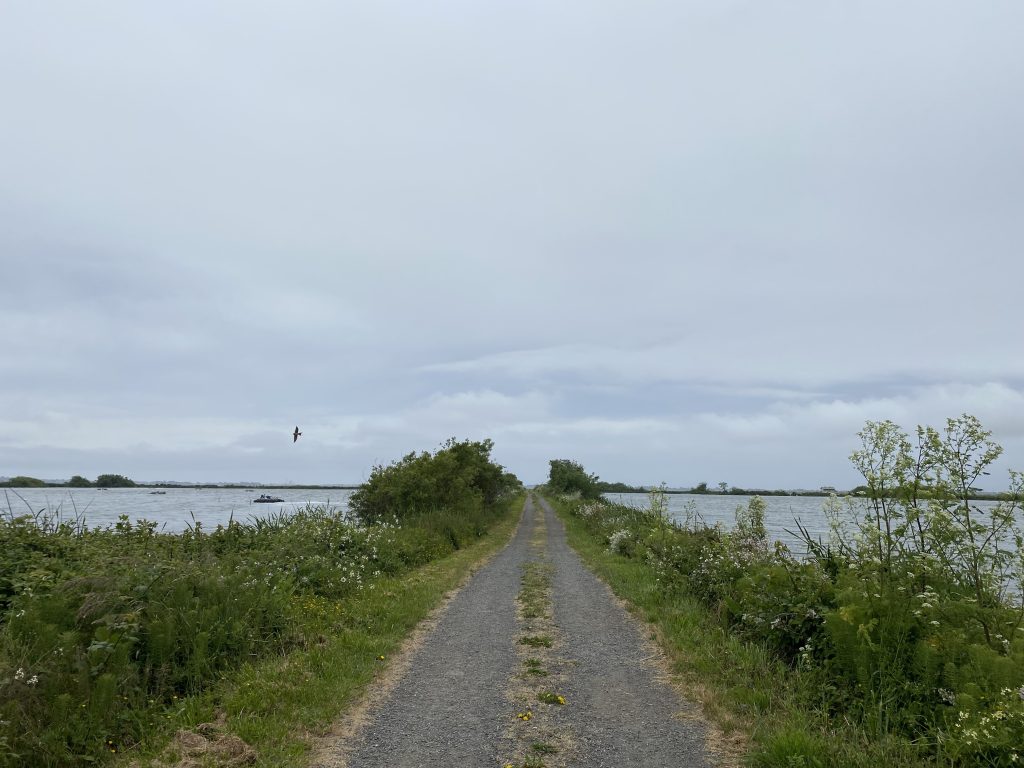
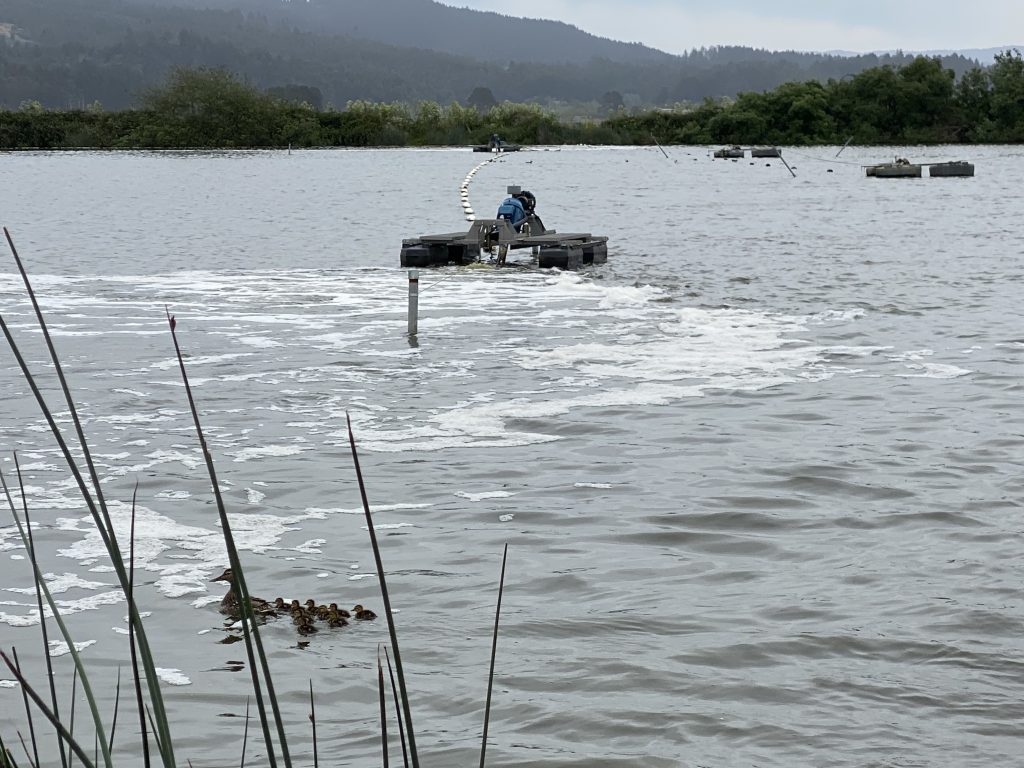
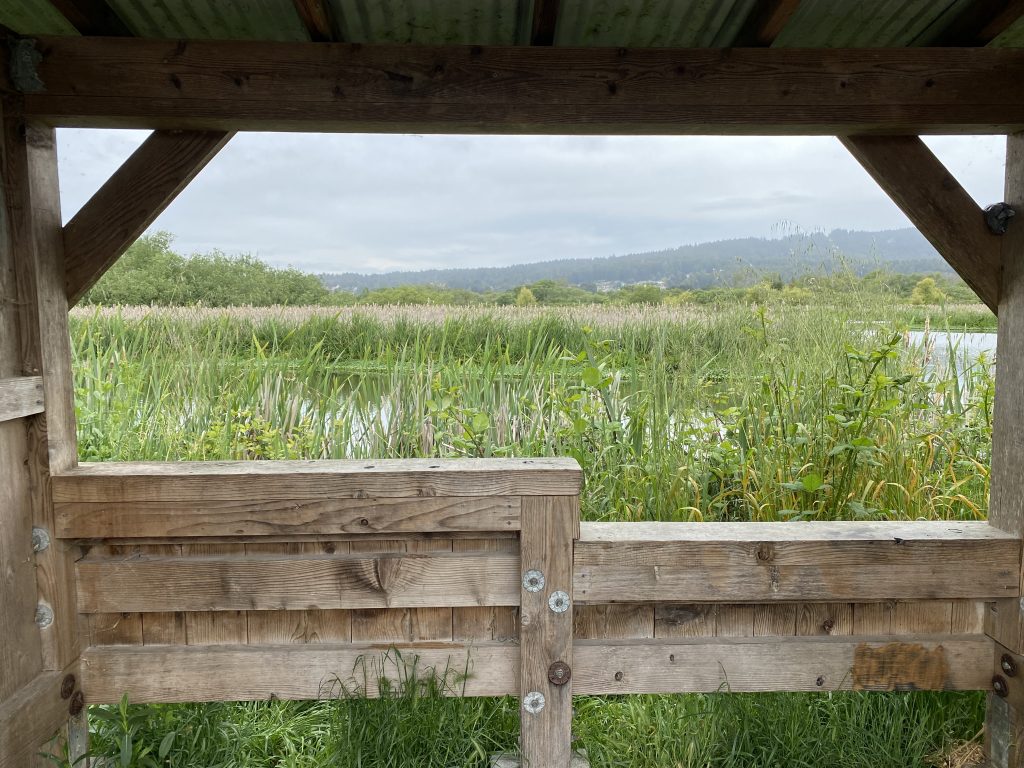
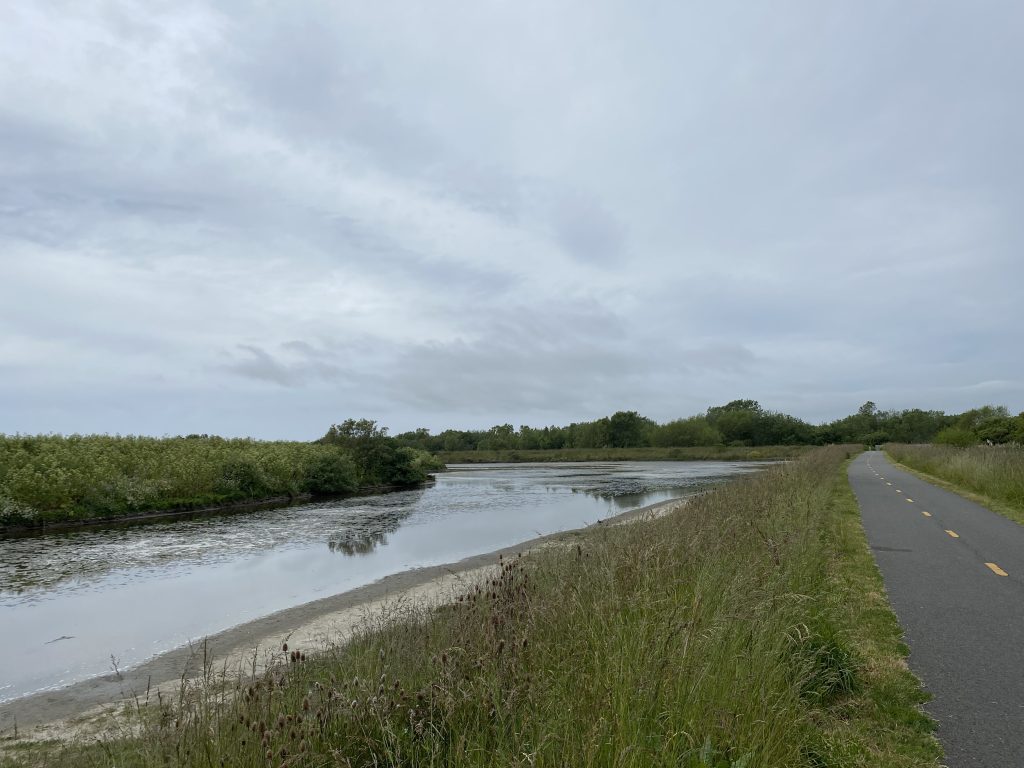
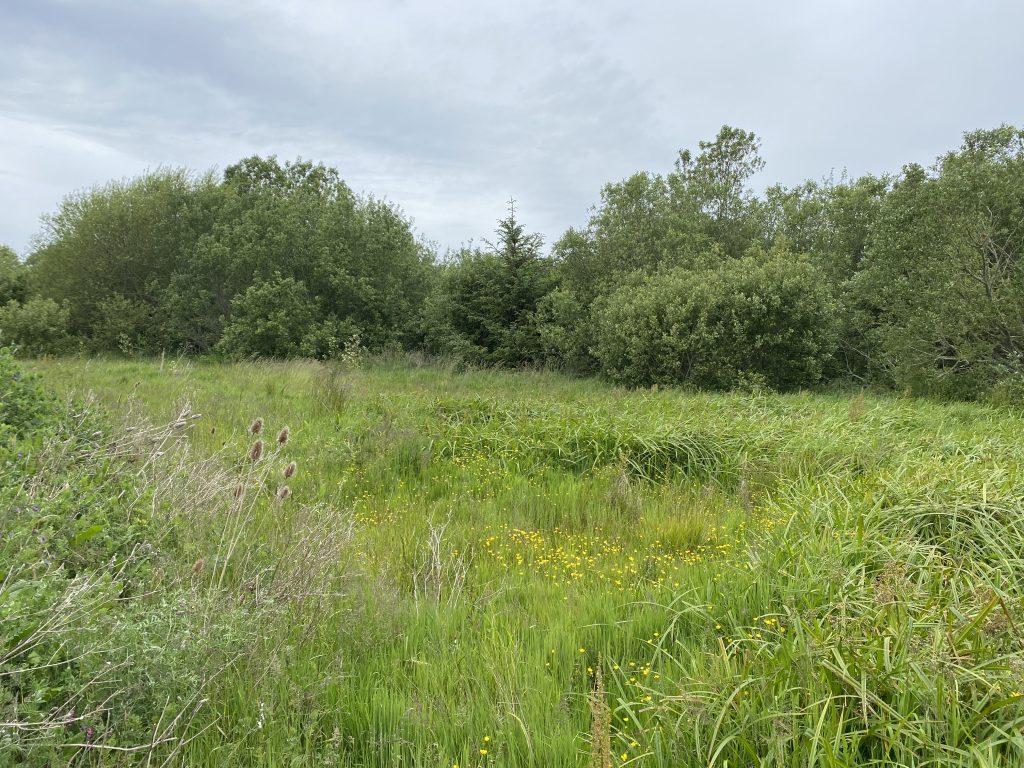
Overview of the 5 stages of wastewater treatment at Arcata Marsh:
- The wastewater enters the facility through a conventional headworks system. Wastewater typically spends less than a day here, first moving through bar screens that remove large solids (like rags, sticks, and toilet paper). The grit chamber removes sand, gravel and dirt, and the clarifier further removes organic material. From there, the solids go to the digester and the water moves on to the oxidation ponds.
- For the next month and a half, the wastewater receives treatment through open pond and wetland systems. The wastewater moves into 55 acres of exposed oxidation ponds. Here, solids settle and bacteria break down through exposure to the UV rays in sunlight. Algae also grow here, absorbing nutrients such as nitrogen and removing them from the water column.
- After about a month, operators release the water from the oxidation ponds into the 10 acres of 2-to-4-foot-deep treatment wetlands, where I went birding. The water stays in this anaerobic system for one to three days. The lack of sunlight kills off some of the algae, which settles and decomposes. Breakdown of organic material, such as plant matter, also occurs in the anaerobic environment, which can put some solids and oxygen demand back into the water.
- In the 30 acres of enhancement wetlands – the final treatment stage – the water gets another 5-10 days of treatment. In this system, open water and cover from vegetation results in a combination of aerobic and anaerobic treatment zones. This makes the wetlands ideal hosts for the biological reactions that further break down organic material, remove nutrients, and generally improve water quality.
- The water is discharged into the Humboldt Bay by way of the McDaniel Slough tidal wetlands.
Though “stage 4”, the Enhancement Wetlands, is the area where I went birding and what the public thinks of as Arcata Marsh, I noticed an abundance of birds and wildlife in every part of this system. Swallows dive among the eaves of the headworks buildings, California quail parade atop composting piles of removed biosolids, geese and mallards are raising their babies along the edges of the oxidation ponds, and otters swim in brackish tidal wetlands. This is a treatment facility designed with wildlife and public use in mind.
Whether you’re an industry professional or just curious about where your water comes from and where it goes after you use it, touring treatment facilities like this one is a fun and engaging way to learn about water systems. Most municipal treatment facilities have websites and options to sign up for public tours: see the resources below for examples from the Arcata plant.
Resources:
- Friends of Arcata Marsh: https://www.arcatamarshfriends.org/the-marsh/wastewater-treatment/
- To request a tour: https://arcatamarshfriends.org/wp-content/uploads/tour-request-guidelines.pdf
- Arcata Wastewater Treatment Facility Brochure: https://arcatamarshfriends.org/wp-content/uploads/wastewater-brochure.pdf
- City of Arcata Wastewater: https://cityofarcata.org/331/Wastewater
Written by: Shannon Sloane Pepper, Research Scientist at the Southwest EFC

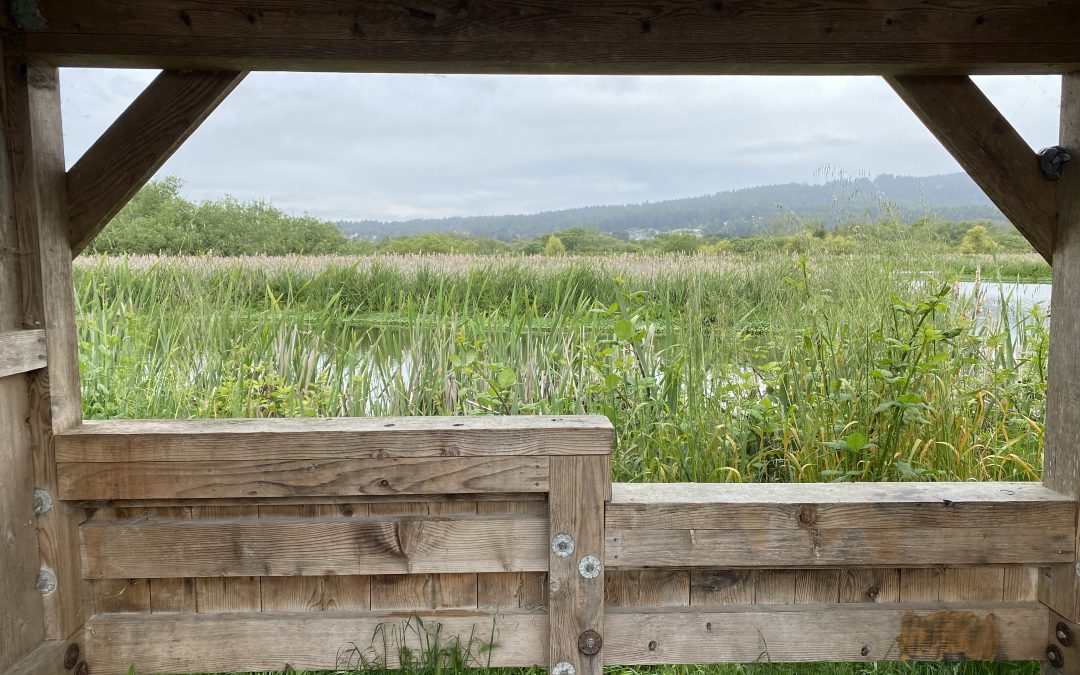
Recent Comments